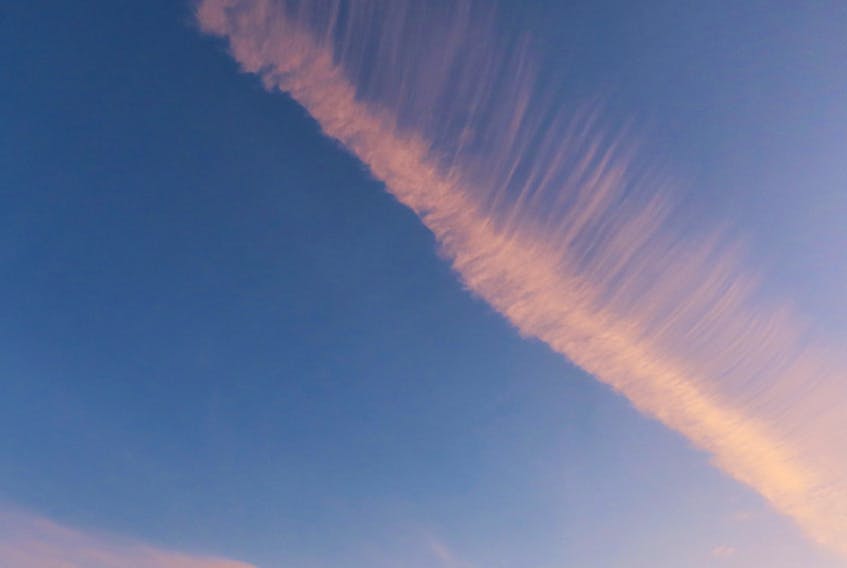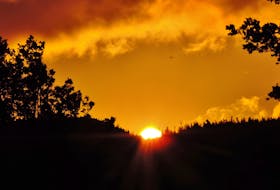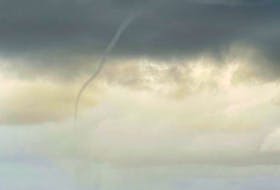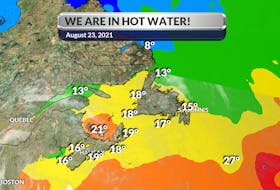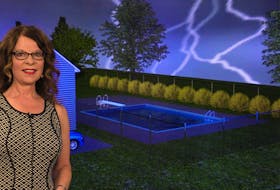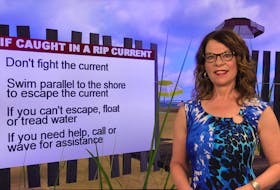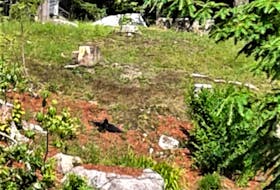Did you know that it’s scientifically proven that we learn about life by asking questions? Children naturally start learning about the world by observing, testing and asking “why.” I believe we should never stop questioning things and that’s why I love this letter and decided to share it with you.
Natalie Coady wrote:
"Greta Tratt lives at East Cumberland Lodge in Pugwash, N.S. Last Sunday evening as she sat looking out at the evening sky, as well as the beautiful gardens, she asked me to forward this thought to Cindy Day. She sits by her window often and takes in her world, including a keen interest in the skies. She also is an avid follower of Weather by Day.
“Jets flying high in the “sky” leave behind a white “fluffy” trail which has the same appearance as a cloud. Can these “trails” be rightfully thought of as “clouds”?
Thank you on her behalf.
Natalie Coady, R.N. Supervisor."
That’s a great question. The trail left behind by a jet is a condensation trail or contrail; it is also called a vapour trail.
These white lines are indeed ice crystal clouds formed by the combination of carbon particles and water vapour, emitted from the combustion of aviation fuel and atmospheric water vapour. They typically occur at about the same altitude as natural cirrus clouds, approximately 25,000 to 35,000 feet (8 to 11 km) above the ground.
Depending on the moisture content of the air high above the ground, these lines of clouds can dissipate quickly or linger for hours. Satellites have observed clusters of contrails lasting as long as 14 hours, though most remain visible for four to six hours.
When the air is humid, contrails can be long-lived and spread outward until they become difficult to distinguish from naturally occurring cirrus clouds. Persisting contrails that spread into extensive cirrus clouds tend to warm the Earth because they reflect less sunlight than the amount of heat they trap.
Mrs. Tratt, thank you for remaining curious and keeping an eye on the sky.
- Want more weather information? Visit your weather page.
- Have a weather question, photo or drawing to share with Cindy Day? Email [email protected]
Cindy Day is the chief meteorologist for SaltWire Network

